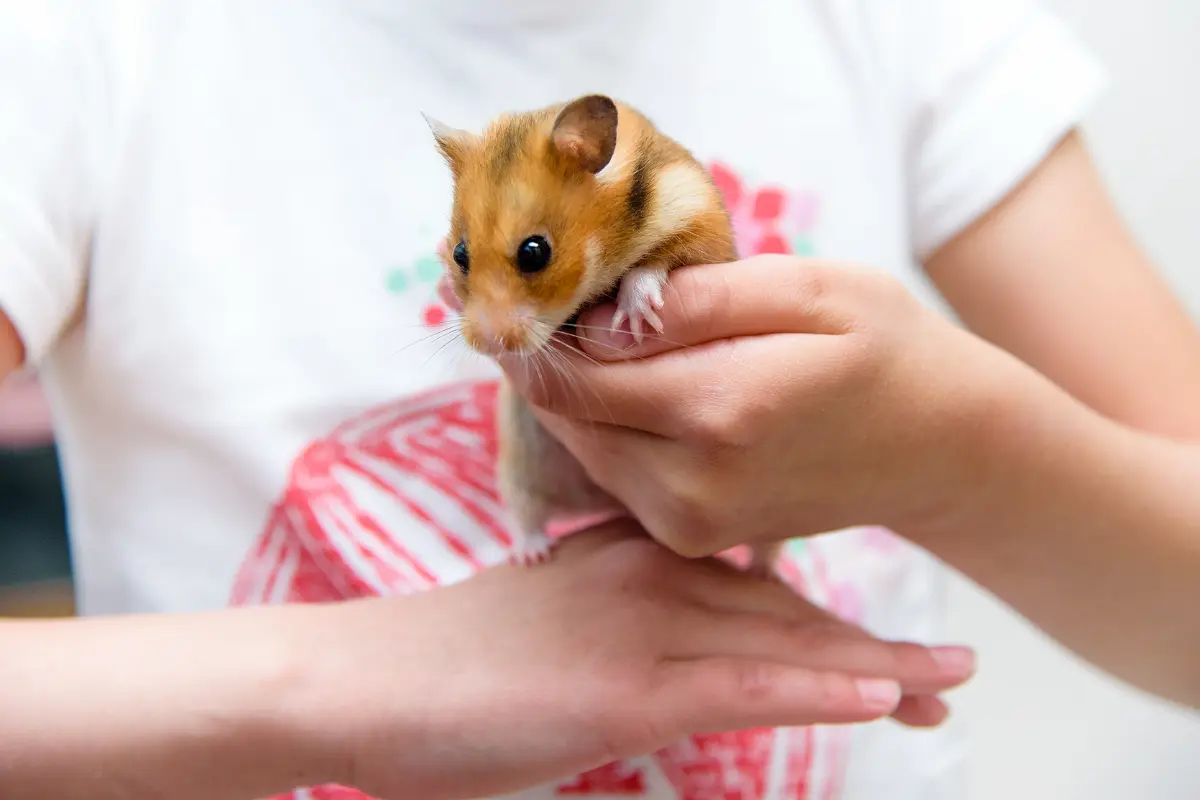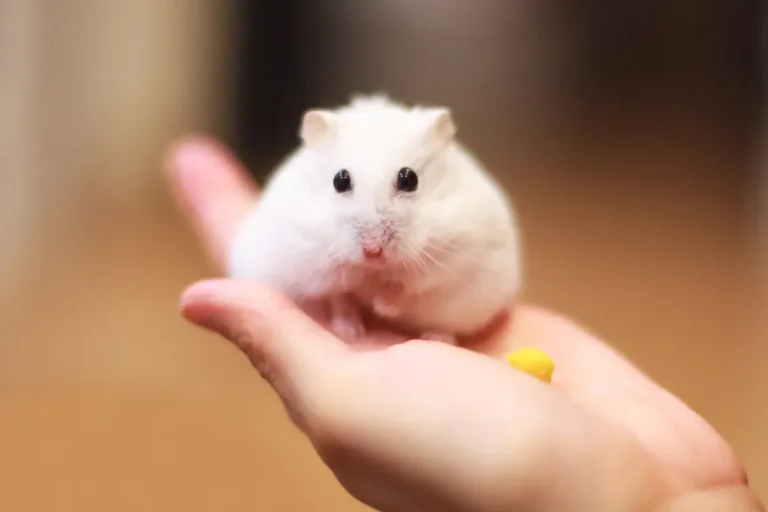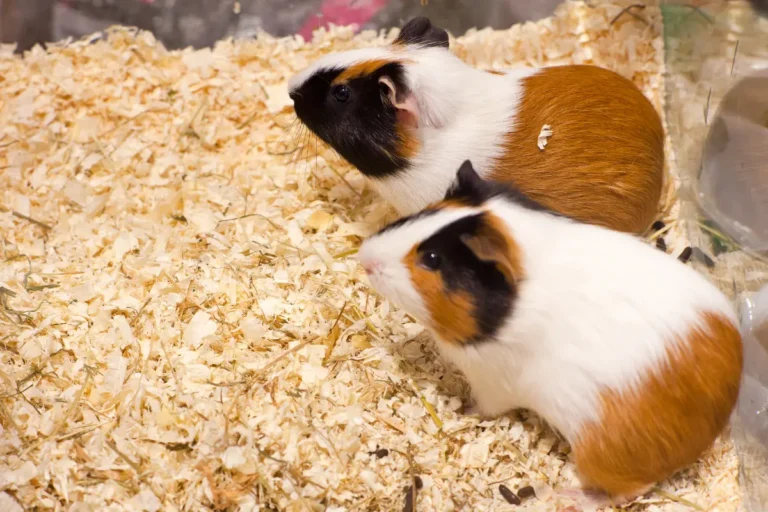No More Nips! A Guide to Preventing Hamster Bites and Building Trust
Taming a hamster and building a trusting relationship can be a rewarding experience for both you and your pet. However, it often requires patience and careful handling, especially if your hamster is nervous or defensive.
In this article, we’ll walk you through essential tips to help you tame your hamster, minimize biting, and create a positive bond.
1. Understanding Your Hamster’s Background
Hamsters have different temperaments, and how quickly they become tame depends on their early experiences. If your hamster comes from a reputable breeder, it may be used to human contact and easier to handle. However, most hamsters available in pet stores have not been handled much, so they tend to be more defensive and fearful of humans.
Before you begin taming your hamster, it’s crucial to give them time to adjust to their new environment. Here’s what you need to do in the first few days:
- Let them settle in: Leave your hamster alone for the first 1-2 days to explore their new cage. Avoid handling them during this time, as they may feel overwhelmed.
- Introduce your presence: Move the cage to a room where you spend time, allowing the hamster to become familiar with your scent and voice. This passive interaction helps them associate you with safety and calmness.
2. Gaining Your Hamster’s Trust with Treats
Once your hamster appears more comfortable (after about two days), the next step in the taming process is to begin building trust—and treats can be an excellent tool for this. Treats serve as a positive reinforcement, helping your hamster associate your presence with something enjoyable and rewarding.
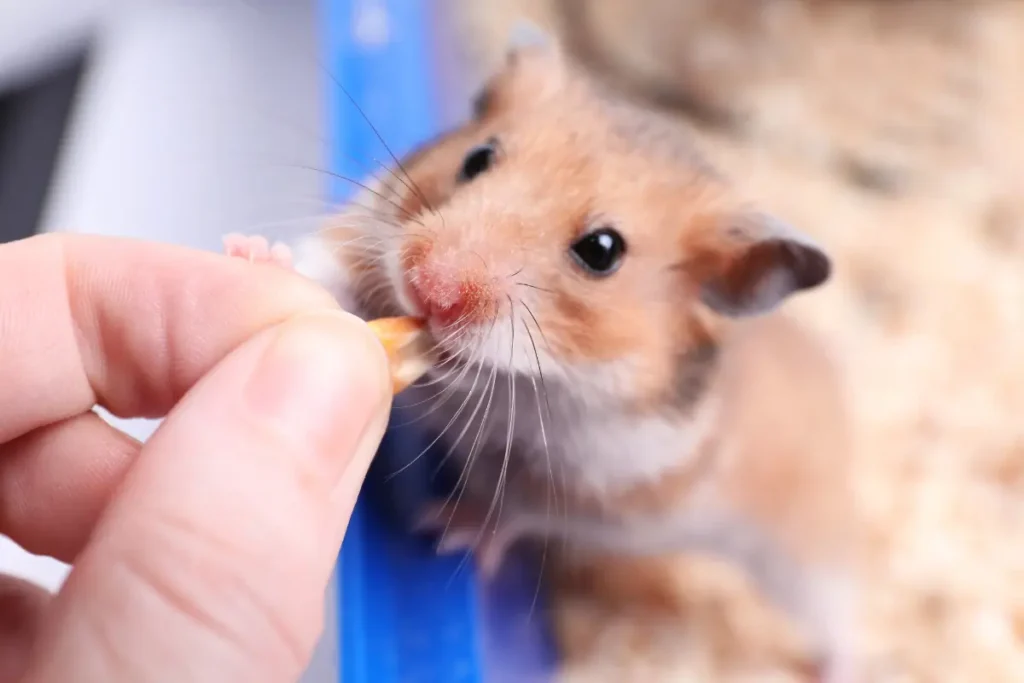
Choose a time when your hamster is naturally awake and active. This is usually in the evening or early morning, as hamsters are naturally nocturnal creatures. Avoid disturbing your hamster during the day when it’s sleeping, as this can make it feel threatened.
Start by holding the treat near the cage and allowing the hamster to come to you at their own pace. It’s important to be persistent but gentle—offer treats often but in small amounts. Once your hamster starts taking treats from your hand, they’re beginning to trust you.
3. Hand Training Without Getting Bitten
Once your hamster is comfortable enough to eat the treat from your hand, you can move on to the next step: putting your hand inside the cage.
Make sure to wash your hands first to remove any unfamiliar smells that might confuse or scare them. Instead of pointing your fingertips directly at them, which could make them curious or defensive, offer the back of your hand.
Presenting the back of your hand makes it harder for them to bite and easier for you to pull away if needed. Most hamsters will give a curious nibble, but this is normal and shouldn’t be painful. Over time, you’ll learn to anticipate their movements and can dodge any potential “attacks.”
4. Moving to the Next Step: Petting and Lifting
Once your hamster is comfortable with your hand in their space and no longer seems interested in biting, it’s time to start interacting more directly.
It’s best to attempt petting and lifting when your hamster is awake and alert, as trying to handle them when they are sleepy or resting may cause stress and increase the likelihood of defensive behavior, like biting.
When you’re ready to pet or lift your hamster, start by moving your hand slowly and calmly inside the cage and avoid sudden movements. As you extend your hand, keep a close eye on your hamster’s body language.
Hamsters communicate their comfort or discomfort through their movements. If they open their mouth wide, lunge, or flatten their ears, slowly pull your hand back and try again later. However, if your hamster seems curious and does not display defensive behavior, you’re likely ready to proceed.
5. Handling Your Hamster
Once your hamster is comfortable with you, it’s time to start handling them. You can begin by gently scooping them up with two hands. Having both hands in place ensures that your hamster doesn’t fall or hurt themselves, and it allows you to respond more quickly if they start moving.
Be sure to approach them from the side, as hamsters can become frightened if they feel like they’re being grabbed from above.
- Move Slowly: Place your hands on either side of your hamster, moving them slowly to avoid startling them.
- Support from Below: Slide your hands underneath your hamster’s body. This ensures that they feel supported, and it minimizes the risk of them jumping or falling.
- Lift Gently: Once your hamster is sitting on your palms, slowly lift them out of their cage. Keep your hands close to their body, offering full support under their tiny feet.
If you’re nervous about handling them directly, you can also use a “hamster taxi” by offering them a small paper roll or a jug to crawl into. This will allow you to move them safely without causing stress. Over time, as they become more accustomed to you, they’ll be more comfortable being handled directly.
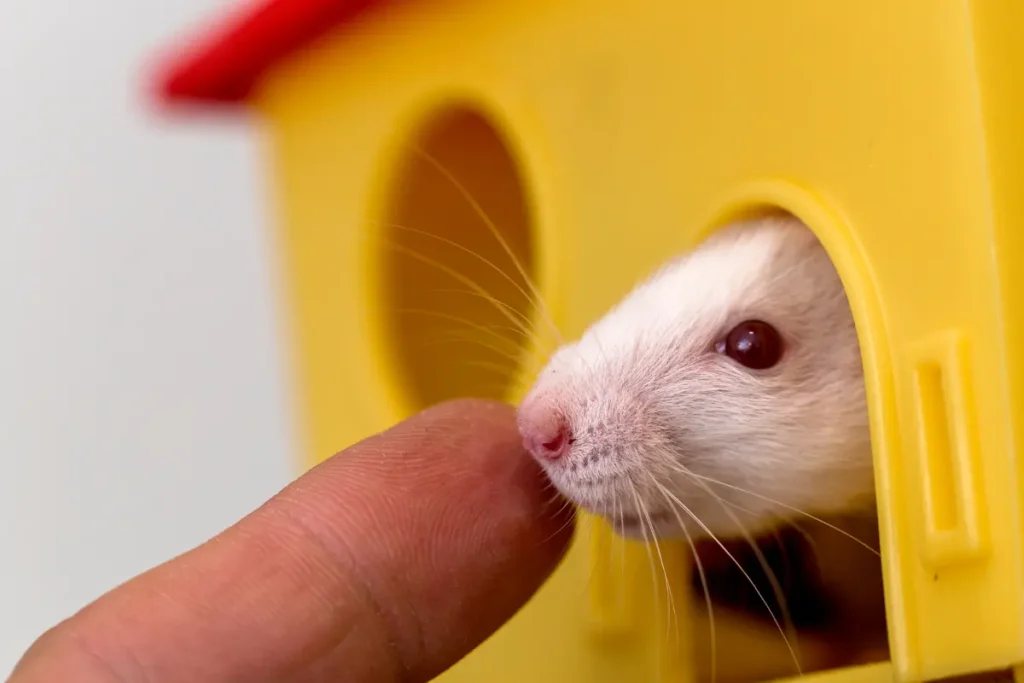
Once your hamster feels comfortable being lifted, you can allow them to explore your hands and arms. If your hamster’s claws feel sharp, wearing long sleeves can help protect your arms during this stage. Keep interactions short at first, gradually increasing the time as your hamster becomes more comfortable.
6. Positive Reinforcement and Consistent Interaction
Every time your hamster interacts with you without showing fear—whether it’s taking a treat from your hand or allowing gentle petting—reward it with a small, healthy treat. This reinforces the idea that human interaction leads to positive outcomes, such as food or safety.
When your hamster is comfortable being handled, continue giving it small rewards during the process. This helps maintain trust and makes handling sessions enjoyable for your pet.
Along with treats, you can also use a calm, soothing voice to reassure your hamster. Though hamsters may not understand words, your tone and demeanor can contribute to creating a sense of safety.
Consistency is Key:
- Daily Interaction: Taming requires daily interaction, even if it’s just sitting near the cage or talking to your hamster. Avoid skipping days, as this could cause a setback in your hamster’s progress.
- Keep Sessions Short: Hamsters have short attention spans, so try to keep taming sessions brief—5 to 10 minutes is usually sufficient in the beginning. Over time, as your hamster becomes more comfortable, you can gradually extend the duration of your interactions.
The goal is to ensure that your hamster remains comfortable and relaxed around you, building a lasting bond through trust and gentle handling.
7. Respect Your Hamster’s Boundaries
Each hamster has its own unique personality, and while some may warm up to handling quickly, others may take longer or may never fully enjoy being picked up.
If your hamster isn’t ready for handling or doesn’t want to come to you, don’t force it. Forcing a hamster to interact can lead to trust issues and make it more difficult to tame them in the long run. Always move at your hamster’s pace. If they seem scared or reluctant to engage, give them more time to adjust before trying again.
Don’t Punish Your Hamster for Biting
If your hamster bites you, it’s important not to react with frustration or punishment. Hamsters bite out of fear or as a defense mechanism when they feel threatened, not out of malice. Yelling, tapping on their nose, or using any form of punishment will only reinforce their fear of you.
Taming a hamster requires understanding, patience, and persistence. Whether your hamster is a quick learner or a bit more hesitant, the key is to create a safe and positive environment for them. Follow these steps, and with time, your hamster will likely grow to trust you and enjoy being handled without fear or biting.
